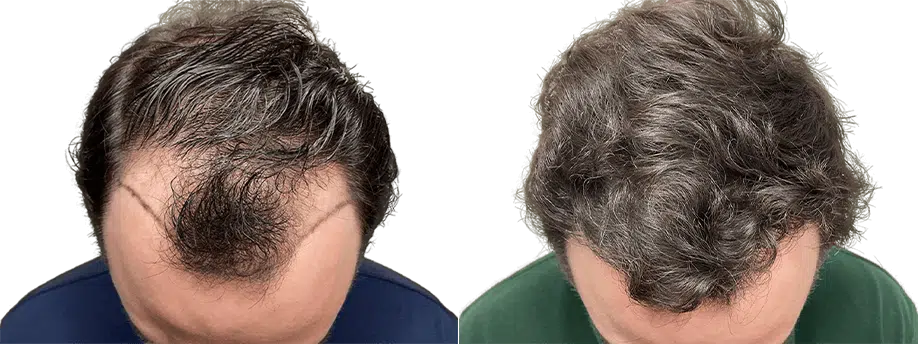Do hair transplants work on women?
Do hair transplant works on women? Simple, the answer is “YES”. Although hair loss and thinning hair is typically viewed as a problem somewhat unique to men, the fact of the matter is that women are also quite likely to suffer issues associated with hair loss or thinning hair. In fact, women often suffer from a number of common conditions that may result in hair loss, not to mention the variety of habits that are also associated with hair loss or thinning hair. Each of the following can be included among common causes of hair loss in women:
- Anemia
- Anxiety
- Hormonal imbalances
- Post-menopausal changes
- Pregnancy
- Routine daily trauma (due to styling or braiding)
- Skin conditions (lupus, melanoma, lichen planis and others)
- Stress
- Thyroid conditions
- Use or discontinuation of certain medications (including birth control)
Due to the variety of causes of hair loss in women, it has been estimated that about a third of all women will suffer some form of hair loss or hair thinning at some point in their lives. As a result, many women find it necessary to seek out a solution to rectify their hair loss or hair thinning. Fortunately, it is possible for women to undergo a hair transplant procedure at a hair transplant clinic in New York City; Greenwich, Connecticut; Chicago, Illinois; Washington DC and Northern Virginia; Houston, Dallas, Texas; Manila, Philippines; Dubai, Abu Dhabi,U.A.E.; and Karachi, Pakistan, as a means for permanently addressing their hair loss or hair thinning, although the viability of a hair transplant procedure will depend upon the root cause of the hair loss or thinning hair.
Does hair transplant work for women?
Hair transplants are indeed effective as a solution for women experiencing some form of hair loss or thinning hair. Prospective female hair transplant patients should seek out an experienced and skilled hair transplant surgeon to schedule an initial consultation, as it will be during this time that the hair transplant doctor can identify the cause of the patient’s hair loss and determine if a hair transplant procedure is the ideal solution. The hair transplant surgeon will also discuss the variety of available solutions, which could include surgical or non-surgical options like FUE, FUT, or scalp micropigmentation.
A female hair transplant patient undergoing a Follicular Unit Transplant (FUT), for example, would have the donor tissue excised from the back or sides of her scalp to be prepared for insertion into the recipient site. Once complete, a female patient can expect the same general timeline for healing and will begin seeing the results of the procedure after a period of four to six months.
What’s better hair transplant for women: Strip or FUE?
Whether the patient is a man or a woman, there are still several factors that the hair transplant doctor and patient should consider before determining the ideal hair transplant procedure. This includes evaluating the pros and cons of each procedure and considering how each procedure aligns with the specific needs of the patient.
A female patient requiring significant coverage might prefer an FUT procedure, as a significant number of grafts can be transplanted during a single hair transplant session. Since most female patients prefer to keep a longer hairstyle, the horizontal scar left behind by the FUT procedure can be easily obscured by the patient’s remaining hair.
Patients with more modest hair loss may instead opt for the FUE procedure, as this no linear scar, no-suture hair transplant procedure allows patients to permanently address their hair loss or hair thinning. Even though the FUE procedure limits the number of follicular unit grafts that can be transplanted during a single procedure, achieving more than adequate coverage is possible for those with less extensive hair loss. With a shorter recovery period, patients can also return to normal activity within a day after the procedure’s completion.
Depending on the nature of their specific hair loss or hair thinning, female hair transplant patients may also be ideal candidates for non-surgical options like scalp micropigmentation, or laser hair therapy.
Hair Transplant Clinic for Women
During the course of an initial consultation at a hair transplant clinic in New York City; Greenwich, Connecticut; Chicago, Illinois; Washington D.C. and Northern Virginia; Houston, Dallas, Texas; Manila, Philippines; Dubai, Abu Dhabi,U.A.E.; and Karachi, Pakistan, a good hair transplant doctor can evaluate the patient’s eligibility for any number of options, including surgical and non-surgical procedures.
It is also possible that the doctor will recommend a combination of surgical and non-surgical solutions, as some patients respond best to a hair transplant procedure like FUT or FUE in conjunction with a topical or oral medication like Rogaine or Propecia.

